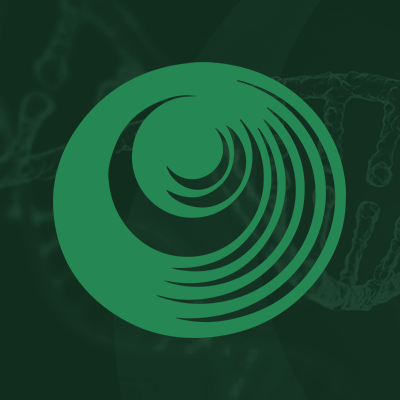Research Papers:
Clinically relevant morphological structures in breast cancer represent transcriptionally distinct tumor cell populations with varied degrees of epithelial-mesenchymal transition and CD44+CD24- stemness
PDF | HTML | Supplementary Files | How to cite
Metrics: PDF 2808 views | HTML 5449 views | ?
Abstract
Evgeny V. Denisov1,2,3, Nikolay A. Skryabin4,5, Tatiana S. Gerashchenko1,2, Lubov A. Tashireva6, Jochen Wilhelm7, Mikhail A. Buldakov1,2, Aleksei A. Sleptcov8, Igor N. Lebedev4,5, Sergey V. Vtorushin6,9, Marina V. Zavyalova2,6,9, Nadezhda V. Cherdyntseva1,2 and Vladimir M. Perelmuter6,9
1Laboratory of Molecular Oncology and Immunology, Cancer Research Institute, Tomsk National Research Medical Center, Russian Academy of Sciences, 634050, Tomsk, Russian Federation
2Laboratory for Translational Cellular and Molecular Biomedicine, Tomsk State University, 634050, Tomsk, Russian Federation
3Department of Organic Chemistry, Tomsk State University, 634050, Tomsk, Russian Federation
4Laboratory of Cytogenetics, Research Institute of Medical Genetics, Tomsk National Research Medical Center, Russian Academy of Sciences, 634050, Tomsk, Russian Federation
5Laboratory of Human Ontogenetics, Tomsk State University, 634050, Tomsk, Russian Federation
6Department of General and Molecular Pathology, Cancer Research Institute, Tomsk National Research Medical Center, Russian Academy of Sciences, 634050, Tomsk, Russian Federation
7Department of Internal Medicine, German Center for Lung Research, Excellence Cluster Cardio-Pulmonary System, Universities of Giessen and Marburg Lung Center, D-35392, Giessen, Germany
8Laboratory of Population Genetics, Research Institute of Medical Genetics, Tomsk National Research Medical Center, Russian Academy of Sciences, 634050, Tomsk, Russian Federation
9Department of Pathological Anatomy, Siberian State Medical University, 634050, Tomsk, Russian Federation
Correspondence to:
Evgeny V. Denisov, email: [email protected]
Keywords: breast cancer, tumor heterogeneity, epithelial-mesenchymal transition, cancer invasion, cancer stem cell
Received: January 31, 2017 Accepted: April 20, 2017 Published: May 19, 2017
ABSTRACT
Intratumor morphological heterogeneity in breast cancer is represented by different morphological structures (tubular, alveolar, solid, trabecular, and discrete) and contributes to poor prognosis; however, the mechanisms involved remain unclear. In this study, we performed 3D imaging, laser microdissection-assisted array comparative genomic hybridization and gene expression microarray analysis of different morphological structures and examined their association with the standard immunohistochemistry scorings and CD44+CD24- cancer stem cells. We found that the intratumor morphological heterogeneity is not associated with chromosomal aberrations. By contrast, morphological structures were characterized by specific gene expression profiles and signaling pathways and significantly differed in progesterone receptor and Ki-67 expression. Most importantly, we observed significant differences between structures in the number of expressed genes of the epithelial and mesenchymal phenotypes and the association with cancer invasion pathways. Tubular (tube-shaped) and alveolar (spheroid-shaped) structures were transcriptionally similar and demonstrated co-expression of epithelial and mesenchymal markers. Solid (large shapeless) structures retained epithelial features but demonstrated an increase in mesenchymal traits and collective cell migration hallmarks. Mesenchymal genes and cancer invasion pathways, as well as Ki-67 expression, were enriched in trabecular (one/two rows of tumor cells) and discrete groups (single cells and/or arrangements of 2-5 cells). Surprisingly, the number of CD44+CD24- cells was found to be the lowest in discrete groups and the highest in alveolar and solid structures. Overall, our findings indicate the association of intratumor morphological heterogeneity in breast cancer with the epithelial-mesenchymal transition and CD44+CD24- stemness and the appeal of this heterogeneity as a model for the study of cancer invasion.
 All site content, except where otherwise noted, is licensed under a Creative Commons Attribution 4.0 License.
All site content, except where otherwise noted, is licensed under a Creative Commons Attribution 4.0 License.
PII: 18022
